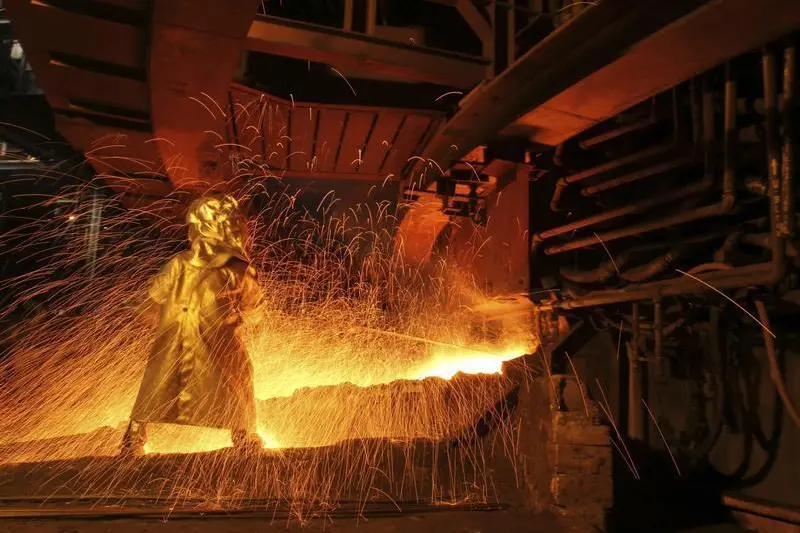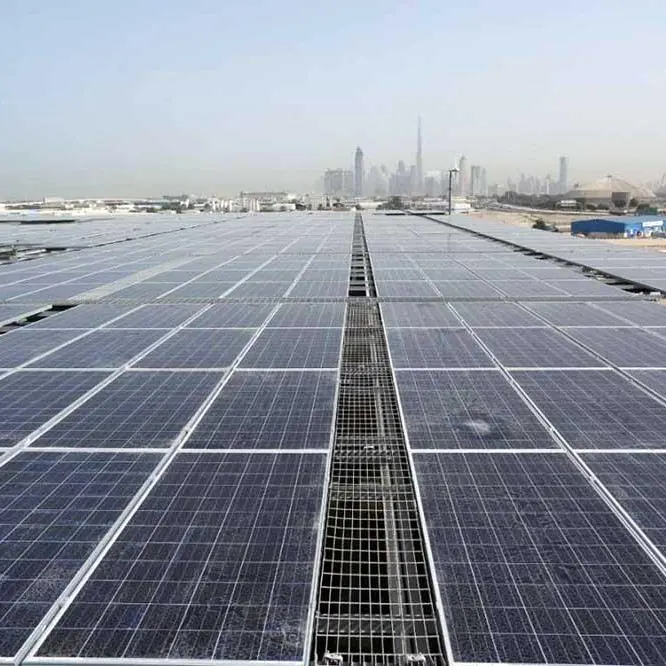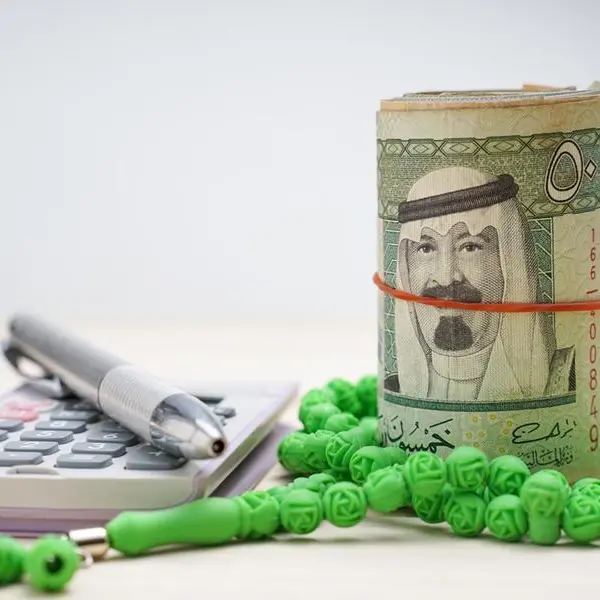PHOTO
(The opinions expressed here are those of the author, a columnist for Reuters.)
LONDON- Was it another false dawn for the nickel market
Last week's rally to a five-month high of $13,350 per tonne on the London Metal Exchange CMNI3 has gone into sharp reverse. Nickel was trading back at $12,385 on Tuesday.
The trigger for the price surge was concern that Brazilian producer Vale's nickel operations would suffer some sort of knock-on effect from the devastating tailings collapse at the company's Brumadinho iron ore mine.
Such fears have proved unfounded.
So far.
There may still be ramifications for Vale's Onca Puma ferronickel operations in the state of Para.
But nickel's ability to rally at all in the current gloomy macroeconomic environment is testament to continued investor interest in the metal's potential demand boost from the electric vehicle (EV) revolution.
Even after the rapid descent from last week's highs, nickel is still the best performer among the core LME metals pack. It is up 14 percent since the start of January, compared with zinc's 10 percent gains.
THE VALE EFFECT
Although most analysts were quick to dismiss fears that Onca Puma would be impacted by the regulatory scrutiny surrounding all of Vale's tailings dams in Brazil, nickel's price reaction wasn't irrational.
Onca Puma, which last year produced 25,000 tonnes of nickel in ferronickel, is itself the subject of a multi-year battle with environmental authorities in Brazil.
A Brazilian court last November ordered Vale to stop mining at Onca Puma and to pay damages to two indigenous tribes that live in the area.
The prosecutor-general's office said Vale would not be allowed to resume mining until it meets certain environmental requirements and presents plans aimed at mitigating the impact of its operations on locals.
Vale rejects all claims that Onca Puma harms either the environment or the people living nearby and is appealing the court's decision.
The exact status of operations is uncertain.
A similar order to stop mining was issued in 2015 for the same reasons as now. Back then, Vale maintained ferronickel production by treating stocks of ore.
This long-running dispute may yet come into even sharper regulatory focus if, as seems inevitable, the Brazilian authorities look for a step-change in Vale's social and environmental impact on its home base.
Moreover, Brazil shows every sign of looking for a fundamental policy reset across the spectrum of its minerals resource sector.
Brazil's National Mining Agency is talking about banning all tailings dams similar to that which collapsed at Brumadinho.
There are 88 of them, according to Eduardo Le?o, a director at the agency.
Lacking any confirmation as to which dams may have to be removed or when, it's impossible to say what the potential impact might be on other operators.
But it's worth noting that Vale is not the only nickel producer in Brazil. Anglo American also operates two ferronickel plants with combined production of 42,000 tonnes in 2018.
There may yet be another nickel chapter to Vale's dam tragedy.
ELECTRIC DREAMS
Lacking any concrete news about what if any impact the Brumadinho dam collapse might have on Onca Puma, the Vale effect on the nickel price has almost completely dissipated.
But nickel's continued outperformance relative to other metals such as copper is testament that it hasn't given up on its electric vehicle dreams.
It's easy to understand why, given the constant drip-drip of nickel-positive news and commentary.
Nickel usage in lithium-ion batteries accounted for just 85,000 tonnes, or 4 percent of global demand, in 2018, according to Simon Moores, managing director of Benchmark Mineral Intelligence.
But demand from electric vehicle batteries "is set to grow by between 30-40 percent a year, making it the fastest growing battery raw material", Moores told a U.S. Senate hearing on minerals dependency on Feb. 5.
Not only is nickel one of several existing key metallic inputs to EV batteries, but a shift towards high-nickel content in battery chemistry will accelerate usage exponentially.
The so-called NCM811 battery cell technology, comprising eight parts nickel to one part cobalt and one part manganese, is still in its formative years.
But, according to Moores, over 90 percent of new lithium-ion battery capacity plans to use such high-nickel chemistry.
This is the core of nickel's electric bull narrative, one of a supply chain that is unprepared for a fundamental usage shift away from stainless steel to batteries.
A shift that will be compounded by the need for the "right sort" of high-grade nickel to meet battery-makers' strict chemical requirements.
The story took a heavy knock towards the end of last year when China's Tsingshan Group, already a nickel and stainless steel powerhouse in Indonesia, said it planned to build a plant to produce 50,000 tonnes per year of the "right sort" of nickel using a different processing route.
Initial shock has given way to scepticism that Tsingshan can deliver on such an ambitious target any time soon.
There is still an electric buzz in this market and one which, as last week's mini rally showed, can easily be sparked into life.
CHINESE INVESTORS UNCONVINCED
Nickel has the largest speculative long positioning of any of the core LME-traded metals, according to LME broker Marex Spectron.
As of last Thursday, investors' collective long position was relatively modest at 8 percent of open interest but still a stand-out relative to the almost complete lack of investor engagement in copper right now or the huge speculative short weighing on aluminium.
Investors' enthusiasm in London, however, is not being matched in China.
Even though Chinese speculators have a history of trading nickel as a steel derivative, the Shanghai nickel contract shows no signs of spillover from the Dalian iron ore contract, which shot to record highs on Monday.
Indeed, Marex Spectron suggests a pick-up in Shanghai nickel open interest this week may reflect "signs of some speculative short selling".
As of now, Chinese investors seem a lot more sceptical of the EV bull story for nickel than their Western counterparts.
But last week's rally is a reminder that on the London market it doesn't take much to rekindle the EV nickel fires.
They are still smouldering, awaiting the next spark.
(Editing by Dale Hudson) ((andy.home@thomsonreuters.com, 44-207-542-4412 and on Twitter https://twitter.com/AndyHomeMetals))












